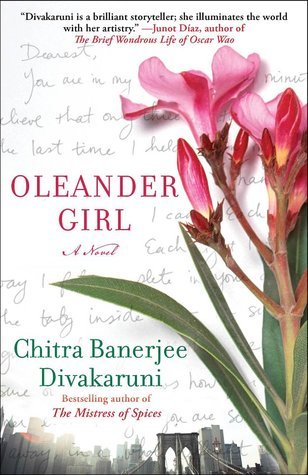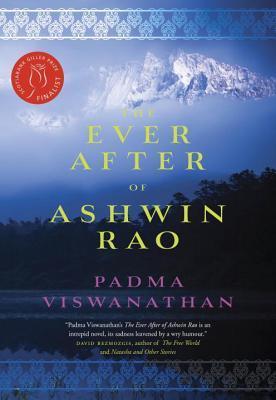
The Covenant of Water
Book Description
In a world where the monsoon rains carry both life and tragedy, a family's struggle against the tides of fate unfolds in a lush, vibrant Kerala. Secrets and curses intertwine as generations grapple with love, loss, and the relentless pull of the past. Each chapter reveals a tapestry of desires and betrayals, where relationships are tested, and the weight of a mysterious legacy threatens to drown them all. As they navigate the treacherous waters of their lives, one question looms: can they break free from the bonds that bind them, or will they be consumed by the very legacy they seek to escape?
Quick Book Summary
Set in Kerala, India, across much of the 20th century, "The Covenant of Water" follows three generations of a family haunted by a mysterious water-related curse. At the heart of the story is Matriarch Mariamma, who steadfastly steers her family through personal tragedies, inexplicable deaths by drowning, and the shifting tides of Indian independence. Verghese crafts a sweeping narrative about the interconnectedness of lineage, faith, and healing amidst societal change. The lush setting of Kerala, with its monsoon rains and complex landscapes, mirrors the internal storms experienced by the characters. Ultimately, the family’s journey is one of resilience, as they strive to not only understand the source of their suffering but also to find redemption and hope, even as the waters around them threaten to obscure the path forward.
Summary of Key Ideas
Table of Contents
Legacy and Intergenerational Trauma
The story traces the intertwined destinies of a Malayali Christian family, shadowed by a tragic legacy: each generation loses at least one member to death by water. Beginning in early 20th-century Kerala, the narrative opens with a young bride marrying into the Parambil family, and progresses through her son and eventual granddaughter, unfolding their joys and heartaches. They grapple with a mysterious curse that seems to control their fate, setting the central mystery that reverberates through the eras explored in the novel.
Faith, Medicine, and Healing
Central to their journey is the role played by medicine and healing. As new ideas and technologies arrive from the West, family members find themselves grappling with modern advances while remaining anchored in their traditional faith and cultural practices. The characters straddle the line between rationality and spirituality, finding hope and solace both in healing the body and tending to the spirit, as they attempt to break the chain of tragic drownings.
Family, Love, and Sacrifice
Love and sacrifice shape individual destinies throughout the novel. Relationships are built and tested against the backdrop of socio-political change, personal ambition, and the pull of family loyalty. Each generation must come to terms with the burdens and blessings of their lineage, learning to choose between individual desires and what is best for the family as a whole. In doing so, they reveal the ways in which affection, devotion, and sacrifice are often entwined.
The Natural World as Destiny
Kerala’s monsoon-drenched landscape is more than a setting: it is a living force that shapes destinies. The ever-present water, both beautiful and deadly, symbolizes the dual nature of life’s gifts and the inescapability of fate. The family’s relationship to the land and water reflects both their cultural heritage and the mystery that governs their lives, reinforcing the connection between people, place, and destiny.
Resilience Amidst Social Change
Ultimately, the novel is a testament to resilience in the face of relentless adversity. As India undergoes seismic societal changes, the family’s own ability to adapt, endure, and seek connection is tested. Despite recurring tragedy, each generation strives to forge a better future, fueled by love and hope. By confronting the mystery of the water curse, they chart a path toward understanding, healing, and ultimately, the possibility of breaking free from the past’s hold.
Download This Summary
Get a free PDF of this summary instantly — no email required.





